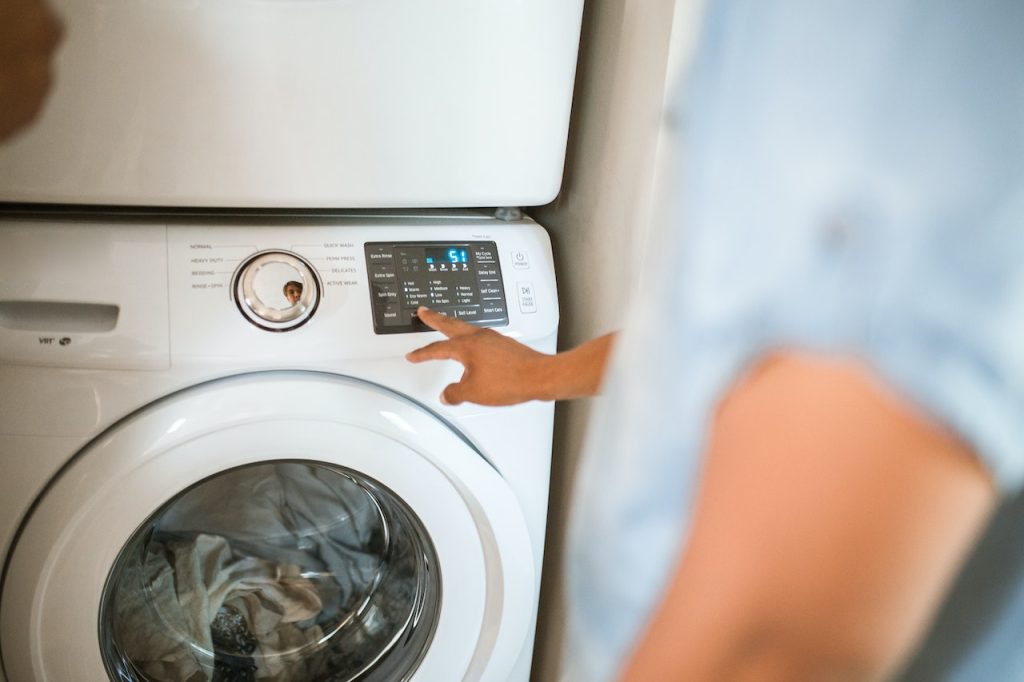Crucial Guidelines For Managing Sudden Overflow As The Washing Machine Leaks
Crucial Guidelines For Managing Sudden Overflow As The Washing Machine Leaks
Blog Article
We've discovered the article about My Washing Machine Flooded the House listed below on the internet and decided it made sense to write about it with you on this page.

How you hand those precious mins after your washing machine leakages as well as floodings can impact how fast your property obtains brought back. Knowing what you need to do and that to call can save you from significant damages. It will additionally aid aid you in declaring homeowners insurance policy coverage. Take a look at these leading suggestions listed below:.
Cleaning Machine Overflows And Also Floods.
Shut off the Power.
Turn of the breaker where the washing device is. It is essential to ensure the washing machine is off. Water is a conductor, and doing this step guarantees nobody suffers from electrocution. Besides, you must not use your washing machine until an expert technician has actually inspected it.
Shut Off Water System.
You must turn off the water system of the equipment. Whether it overflows for unknown factors, breaks down in the reduced pipelines, or ruptures the main pipe, you will certainly be dealing with incredible quantities of water. If the local supply line to the washing machine doesn't close it off, you need to shut off the major water valve outside your house.
Call the Pros.
If you suspect the problem is with your water line, you require to call a certified plumber. Nevertheless, if you are unsure, call a washer service technician for a quick assessment. This person can inform you best what the issue is. Maybe a trouble with the machine itself or the pipes connecting to the machine.
File the Damage.
Before cleaning up this emergency flooding situation, you should document whatever. Take notes, pictures, and videos. It would be best if you had every one of this as proof to sustain your insurance policy cases. After that you can call your homeowner's insurance policy service provider to examine what various other needs they require to refine your request.
Get the Standing Water.
As you wait for the plumber or repair professional ahead, you need to take care of the flood. If your washer remains in the cellar with substantial flooding, you need a submersible pump to obtain the water. You can rent out or borrow this. However, if it takes place in the middle of the evening, the old container method will additionally work. Use numerous jugs to by hand dispose out the water. It would be best if you did this today, as the longer the water remains, the a lot more substantial the damage.
Dry the Location as Long As Feasible.
After getting the standing water, get mops or old towels to draw out as much water from the flooring or rug. Keep the home windows open up to flow the air. You might likewise utilize electrical followers to accelerate the drying out procedure. Remember, water will certainly create mold as well as mold development which is hazardous to your wellness. If you feel that the situation is too much to manage, you can also look for water removal solutions from a remediation company. Your insurance coverage case could also assist spend for this solution, so simply ask.
Keep in mind, a busted washer with dripping pipes will cause devastating damages because of the substantial amounts of water it can unload. Thus, it would certainly help to have your device and also water lines inspected every year. You can seek assistance from a reliable plumber to change your supply line tubes. Doing evaluations stops difficult breakdowns and expensive malfunctions.
Washing Machine Flood Inspection Help & Tips
The source of the water from a washing machine loss could be from a water supply line, a waste water line, or a faulty part inside the unit itself such as the pump. Safety should always be the first concern. When water is present there is always the potential for an electrical hazard. If you are unsure, it s best not to enter the area.
If you can safely enter the area, the hot and cold water supply valves should be turned off behind the unit. If you cannot safely reach the valves or if a valve has failed, shut off the main water valve to the property. Once the water supply has been shut off the water supply lines will need to be detached and drained into a container. If the washing machine has water in the drum and it is/was not possible to run the spin or drain cycle, the drum will need to be drained manually with a cup or small bucket.
The waste water drain line will need to be removed from the drain inlet, and the dryer vent ducting will need to be detached. The washing machine and dryer will need to be moved in order to allow inspection of the walls and floor around the unit. Without a using a Dolly this can be difficult.
Once the units have been uninstalled, the walls, baseboard, and flooring materials can be tested for abnormal or high moisture content. Depending on the materials affected and the amount of moisture present it may be possible to correct this situation quickly. If you need help or have any questions please call us.
https://bigdogrest.com/water-damage/washing-machine-overflow-or-flood/

Do you like reading about The Best Tips for Cleaning Up After A Washing Machine ? Put a comment down the page. We would be interested to listen to your suggestions about this blog post. Hoping to see you back again in the future. For those who enjoyed our post if you please do not forget to pass it around. Thank-you for going through it.
Additional Resources
Report this page